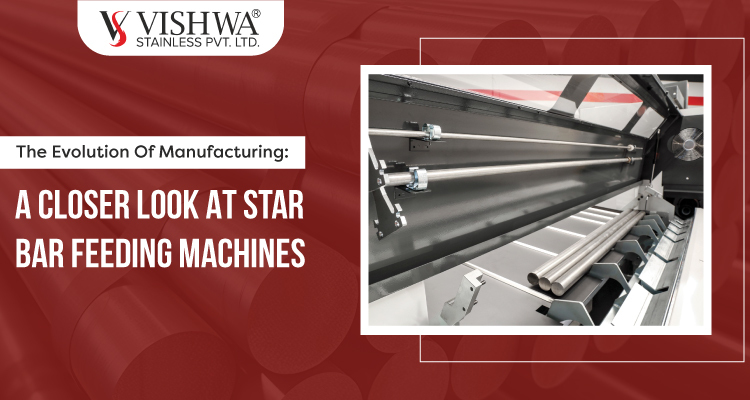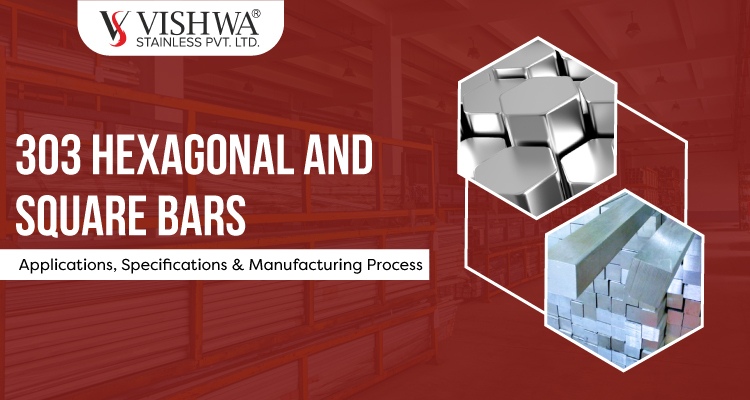Introduction
In the world of modern manufacturing, efficiency, precision, and automation are paramount. One of the key innovations that have revolutionized the manufacturing industry is the Star bar feeding machine.
This remarkable device plays a crucial role in various industries, from automotive to aerospace, by automating the process of feeding raw materials to CNC machines.
In this blog, we will delve into the world of bar-feeding machines, exploring their history, functionality, benefits, and the industries they serve.
The Evolution Of Bar Feeding Machines
Bar feeding machines have come a long way since their inception. Initially, manual labor was required to load raw materials into CNC machines, which was a time-consuming and labor-intensive process.
However, as technology advanced, the need for automation became evident. This led to the development of various types of bar-feeding machines.
Types Of Bar Feeding Machines
1. Hydraulic Bar Feeders:
These are some of the earliest forms of bar feeders. They use hydraulic power to push bars of material into the CNC machine. While effective, they are relatively slower compared to more modern alternatives.
2. Pneumatic Bar Feeders:
These utilize compressed air to feed materials. They are faster than hydraulic feeders but still have limitations in terms of speed and adaptability.
3. Magazine Bar Feeders:
Magazine bar feeders are capable of holding multiple bars of material in a magazine, allowing for uninterrupted production. They can be loaded with different bar sizes, making them versatile.
4. Servo-Driven Bar Feeders:
Servo-driven bar feeders are among the most advanced options available today. They offer high precision, speed, and adaptability. They are also compatible with a wide range of materials and bar sizes.
How Bar Feeding Machines Work?
Bar feeding machines are designed to seamlessly integrate with CNC machines. They work by gripping a bar of raw material and steadily feeding it into the CNC machine as it processes the material.
These machines are equipped with sensors and controls to ensure precise feeding, reducing material wastage and enhancing productivity.
Benefits Of Bar Feeding Machines
1. Increased Productivity:
Bar feeding machines operate continuously, reducing downtime associated with manual loading.
2. Improved Precision:
Automation ensures consistent material feeding, resulting in higher product quality.
3. Reduced Material Waste:
Precise control over material feeding minimizes waste, saving costs.
4. Versatility:
Different types of bar feeders can accommodate various materials and bar sizes.
5. Labor Savings:
Automation reduces the need for manual labor, saving on labor costs.
Industries That Benefit From Bar Feeding Machines
Bar feeding machines find applications in a wide range of industries, including:
1. Automotive: Star Bar feeders are used to manufacture components like shafts, pistons, and connectors.
2. Aerospace: Precision is crucial in aerospace manufacturing, making bar feeders indispensable for producing critical components.
3. Medical: Bar feeders are used to create medical implants and instruments, where precision and quality are paramount.
4. General Manufacturing: Industries producing a variety of components, such as fasteners, rely on bar feeders for efficient production.
Conclusion
As technology continues to advance, these machines are becoming faster, more precise, and versatile, making them indispensable in numerous industries. The evolution of bar-feeding machines showcases the relentless pursuit of efficiency and quality in modern manufacturing.
But to ensure optimal performance of the bar feeder, It is important to choose the right Stainless Steel bars with the right specifications for the application.
If the Stainless steel bars are not straight, then they will vibrate in the bar feeder, which can cause bar misfeeding problems, out-of-tolerance parts, excessive noise, premature machine wear, and tool breakage and will negatively affect the finish of the part.
To some extent, bar straightness is like the air we breathe -you only really think about it when it is polluted or not there at all.
In our experience in manufacturing, most of which has been associated with the production and use of stainless steel bars for machining, we have learned that bar straightness is a property that can be critical to a successful machining operation.
Vishwa Stainless Pvt Ltd.’s Solutions For Star Bar Feeder Users
Bar feeder manufacturers usually specify optimum rotational performance speeds and quality. Stainless steel bar straightness needs 0.007 inches of TIR/foot as measured in three places on the 12-foot bar.
At Vishwa Stainless Pvt Ltd, we promise to offer guaranteed specifications of Star Bars feeder machines in stainless steel round bars as well as profile shapes like hexagonal and square.
We are India’s most trusted manufacturer of stainless steel bright bars offering a wide range of stainless steel bars in different shapes or grades for different industrial applications.
For any product requirements, feel free to contact us at sales@vishwastainless.com or call us today at +91-72111 24478
Read More:
Applications And Uses of Stainless Steel Bright Square Bars
Unique Qualities and Properties of Pump Shaft Quality (PSQ) Bars
Marked Stainless Steel Bright Bars For Easy Trace




